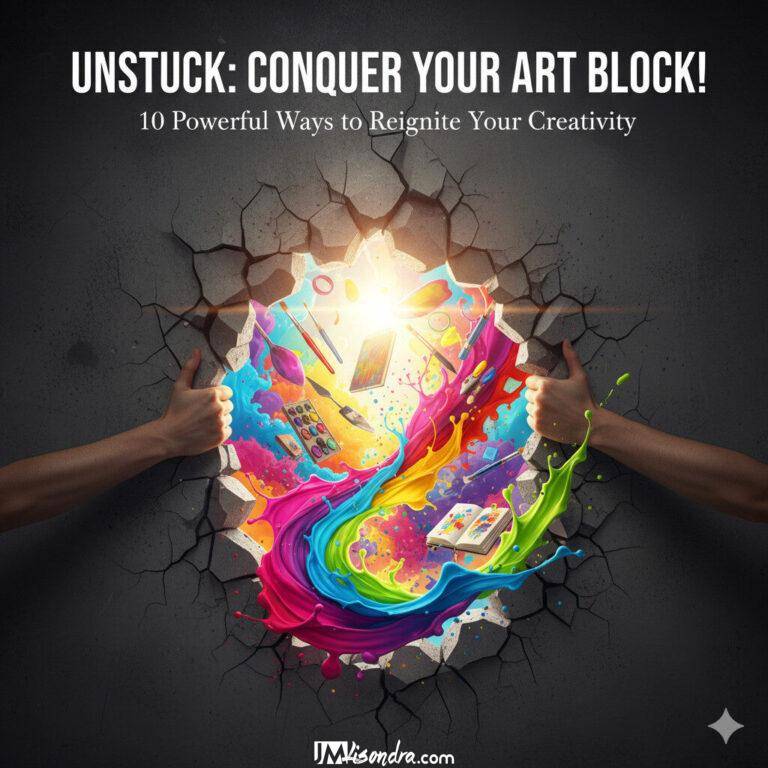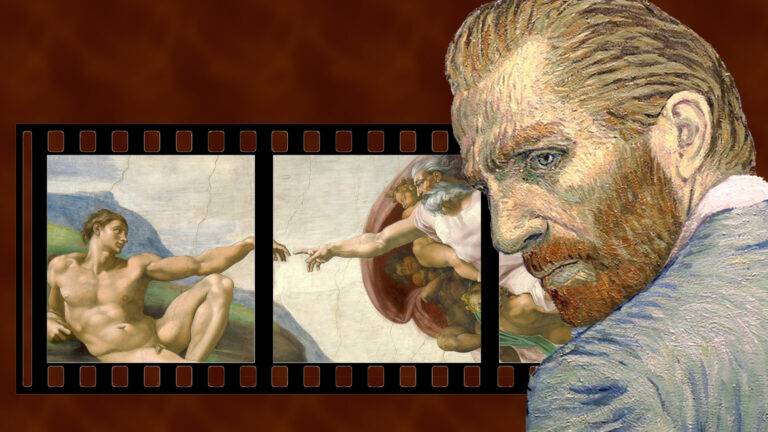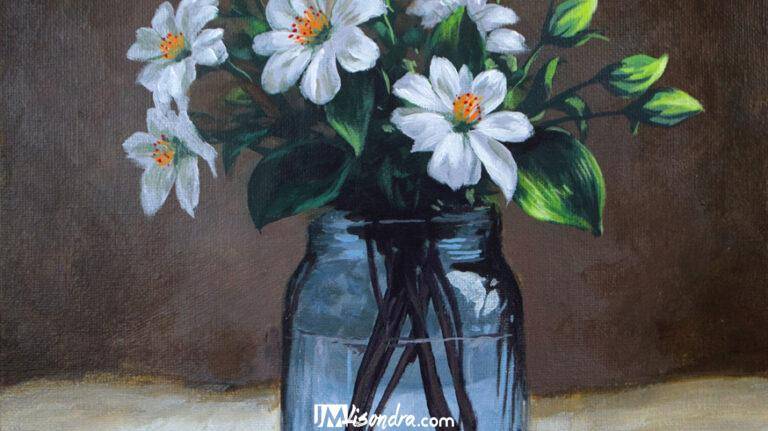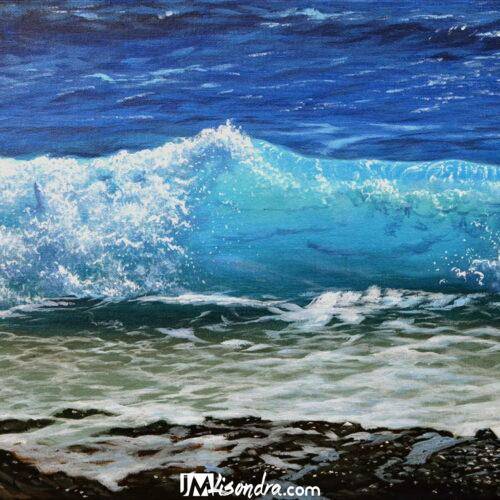Blog Articles
Tag: art

How to Paint Horses: 5 Acrylic Painting Tutorials to Master Equine Art
Discover 5 acrylic painting tutorials that demonstrate exactly how to paint horses in stunning detail. From realistic portraits to dynamic landscapes, master equine art with these step-by-step lessons
Continue Reading
No Comments

The Green Studio: A Practical Guide to Sustainable Art Materials
The act of creation is inherently about transformation... This practical guide is for the modern, conscious artist looking to build a more eco-friendly and sustainable creative space...
Continue Reading
No Comments

Unstuck: 10 Powerful Ways to Conquer Your Art Block TODAY
Unstuck: 10 Powerful Ways to Conquer Your Art Block TODAY - The blank canvas glares back at you. Your sketchbook is untouched. The desire to create is there, but the inspiration—or the will to start—has evaporated. If you are an artist, you know this frustrating, often disheartening experience: the infamous Art Block.
Continue Reading
No Comments

How to Make Art as a Business: A Step-by-Step Guide
How to make art as a business - Whether you’re a painter, illustrator, or digital artist, knowing how to make art as business requires strategy, persistence, and the right tools. In this guide, we'll explore how you can transform your creativity into a thriving profession.
Continue Reading
2 Comments

AI Painting vs Traditional Painting: A Creative Showdown
AI Painting vs Traditional Painting: Compare speed, creativity, uniqueness & value. Discover the pros & cons of both art forms in this in-depth guide
Continue Reading
1 Comment

Top 10 Must-Watch Movies For Visual Artists And Art Enthusiast
Top 10 Must-Watch Movies For Visual Artists And Art Enthusiast - If you're looking for inspiration, insight, and a glimpse into the lives of artists, there’s nothing better than watching movies about art.
Continue Reading
No Comments

How to Paint Still-Life: Free Step-by-Step Acrylic Painting Tutorials for All Skill Levels
Are you passionate about capturing the beauty of everyday objects on canvas? Whether you're a beginner eager to explore the world of acrylic painting
Continue Reading
No Comments

Mastering Painting Waterfalls: A Tutorial Guide In Acrylics
Learn how to paint waterfalls in acrylics with this comprehensive step-by-step guide. Master color mixing, brushwork, and composition to create this landscapes
Continue Reading
No Comments

AI Art Vs. Traditional Art: Comparing The Similarities And Differences In The World Of Art
Art has been a form of expression for humans for thousands of years. From cave paintings to Renaissance masterpieces, art has evolved and changed with society
Continue Reading
3 Comments
Categories
Featured Painting
X
Subscribe!
Newsletter
Youtube
Patreon
Newsletter Subscription
Subscribe to my Youtube Channel
Subscribe to my Youtube Channel and watch free painting tutorials every week
Visit and Subscribe to my ChannelPATREON Membership
Join and become my patron on Patreon.com. Watch and learn exclusive painting tutorials ranging from basic to advanced lessons. Monthly subscriptions ranging from $1 to $10.
Support Me by Joining my PatreonLoading Contents...





